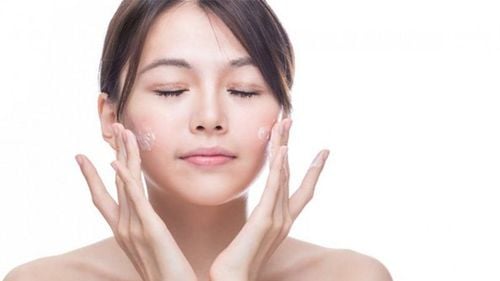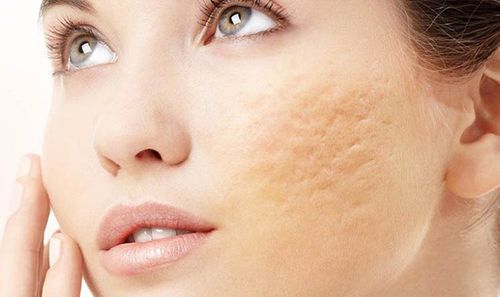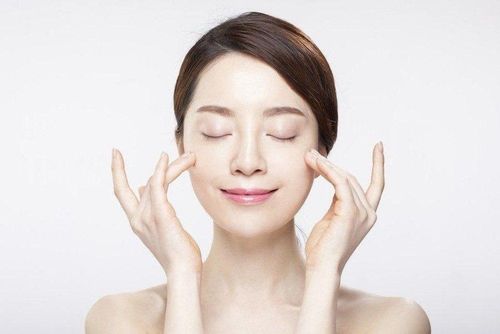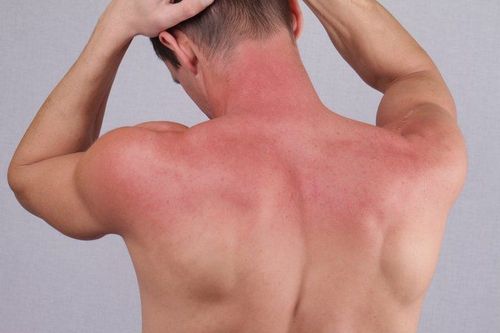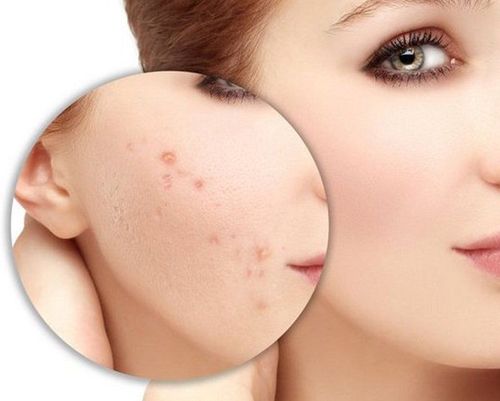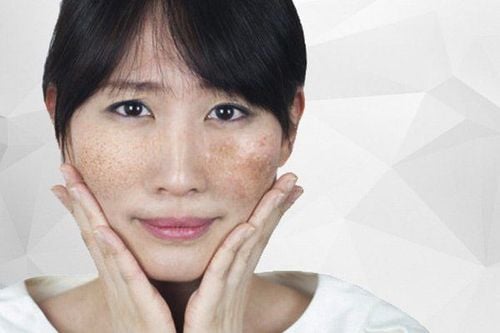This is an automatically translated article.
Squeezing acne is a habit of many people with the desire to get rid of them as quickly as possible. However, for pus-filled acne, should it be squeezed? And when acne appears, what should we pay attention to?
1. Recognizing signs and causes of pustules?
Purulent cystic acne is a dangerous acne condition on the skin, because at this time the skin is severely inflamed, creating a bacterial reservoir, thereby causing skin damage and the formation of cysts. The most recognizable sign of this type of pus-filled acne is a large red swollen pimple, the acne core is clearly visible when both yellow and white. When you touch the acne, it will be very painful and easy to break.Due to the large size of acne, when acne breaks out, it often leaves large dark scars, even with deep-rooted acne, it is easy to leave scars and is difficult to treat.
Like many other types of acne, the cause of acne is determined to come from simple factors such as:
Body endocrine disorders: If the body's excretory system is poor, it will lead to dysfunction. The liver and kidneys are not working properly. This affects the function of sebum secretion on the skin, making the skin always in an oily condition. When the skin is too oily, it will clog the pores, creating conditions for acne-causing bacteria to form. Unscientific diet and lifestyle: Unbalanced activities, insufficient sleep, greasy foods are all causes for acne to appear quickly and a lot on the skin. Genetics: Acne is determined to be caused in part by genetic factors. Therefore, if in your family there are parents, siblings with acne, there is a high chance that you can also have acne. In addition, there are many other causes for the formation of pus-filled pimples such as poor skin hygiene, often having the habit of touching your face with your hands, overusing cosmetics...
2. Should pus-filled pimples be squeezed?
Should you squeeze pus-filled pimples? This is probably the most popular issue. And the answer to this question is not to pop pimples. Not only acne, but any type of acne we should not arbitrarily squeeze. Because arbitrarily squeezing acne without understanding will cause many of the following problems:
2.1. Increasing the likelihood of skin infections Arbitrarily squeezing acne with your hands when you are not clean will bring bacteria and dirt from your hands to your face, at this time the dirt will penetrate into the open wound causing serious inflammation. more important. This inadvertently makes acne not only not relieved but also become worse.
2.2. Leaves scars, bruises on the skin As shared, acne has a very large size, so improperly squeezing acne will leave bruises and scars on the skin for a long time to heal. These dark spots and scars can disappear after a long time or even remain on the skin permanently.
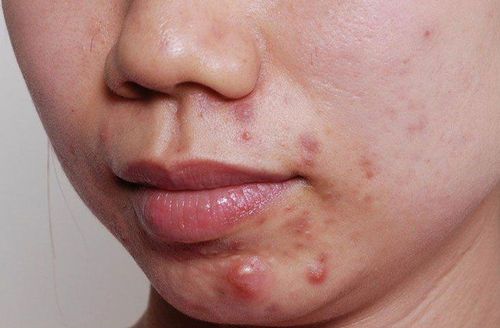
Nặn mụn bọc có mủ sai cách có thể để lại sẹo và vết thâm trên da
2.3. When squeezing acne, bacteria and blood and pus from the squeezed acne will tend to stick to the adjacent skin, this will cause bacteria to attack the skin and increase the risk of spreading and spreading the infection. acne in the adjacent skin areas.
In some cases, it even leads to the risk of blood infection, because you bleed too much and partly from the bacteria getting inside.
With the above effects can be seen, you absolutely must not arbitrarily squeeze pustules. The most important thing to do when acne occurs on the skin is to see a dermatologist for advice and timely treatment.
3. Safe and correct steps to squeeze pustules
If you can't go to the clinic or center to do acne, you can squeeze your acne at home, but you need to absolutely follow the following:
3.1. Clean skin Before squeezing acne you need to make sure your skin is clean enough with 2 steps to remove makeup and use facial cleanser. You should choose products that help deep clean your face to remove makeup and dirt.
3.2 Sanitize your hands and acne tools Before squeezing pimples, wash your hands with hand sanitizer or other specialized antiseptic solution. Hands and tools should be thoroughly cleaned before squeezing pimples. If squeezing your pimples requires a squeegee, clean them with rubbing alcohol, hydrogen peroxide, or boiling water.
3.3. Facial steaming Facial steaming is intended to help open pores, thereby making it easier to squeeze pimples. You can steam with boiling water for about 5 minutes or steam with perilla leaves, lemongrass, salt... to help disinfect the skin.
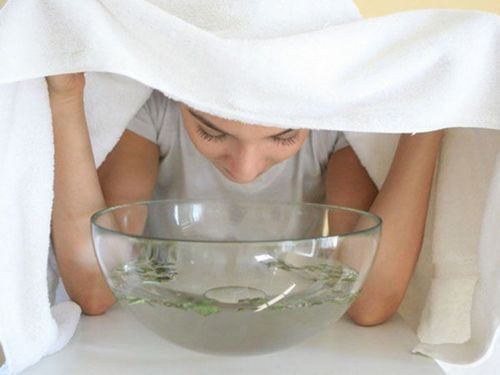
Xông hơi cho da mặt trước khi nặn mụn bọc có mủ
3.4 Squeeze cysts gently Not all cysts can be squeezed, you should only squeeze those with pustules. When squeezing, you should use your hands to gently press from all sides, making sure that the force is focused on the center of the acne, so you should squeeze it lightly to avoid scarring.
After squeezing, you need to wash your face with milk or face wash containing antibacterial ingredients. Or you can apply a mask if you want to soothe or clean the skin. Or use a clean stone to cover acne to help reduce swelling.
After squeezing acne, the following days should limit skin exposure to dust and sunlight to ensure that the skin is always in a clean condition. When the acne head is dry and healed, you can apply turmeric, aloe vera, and honey on the acne that has been squeezed so that the wound heals quickly and does not leave a scar.
Above are the answers to the question of whether to squeeze a pus-filled pimple and guide you on how to properly squeeze it to avoid the formation of bruises and scars.




